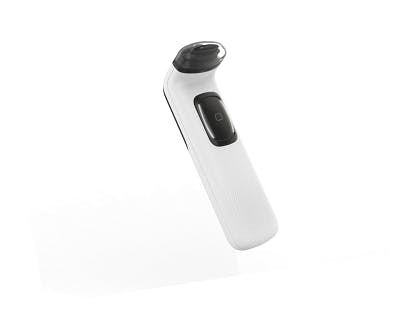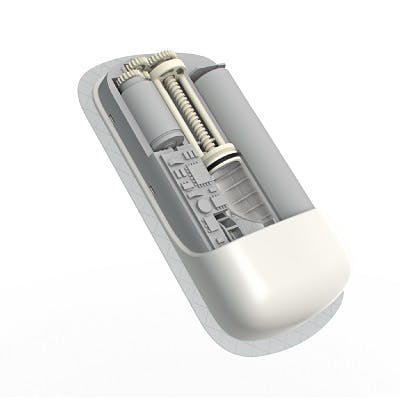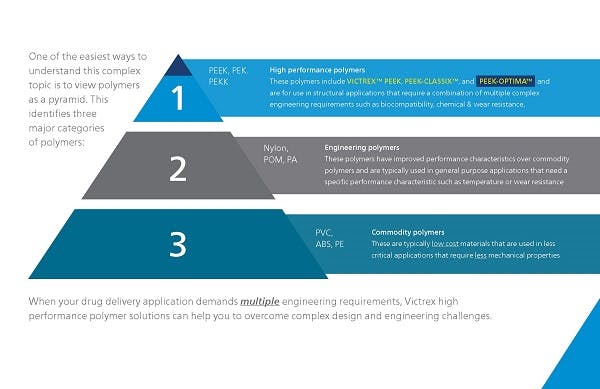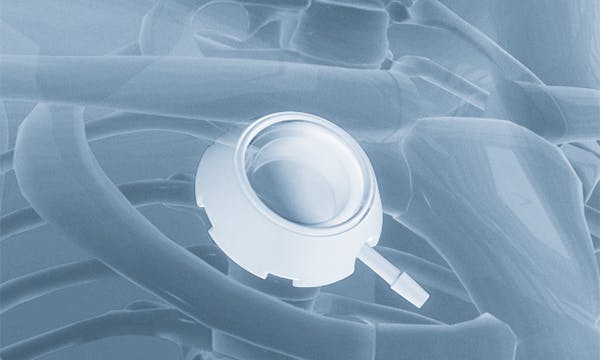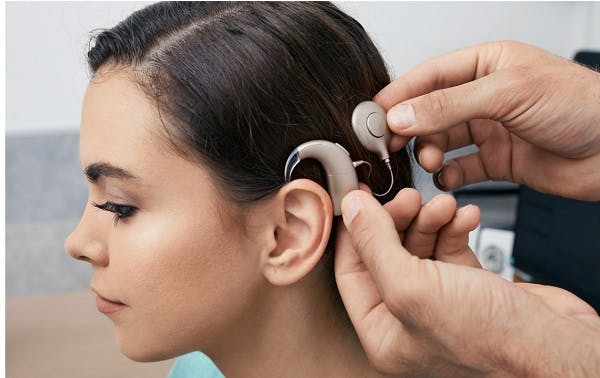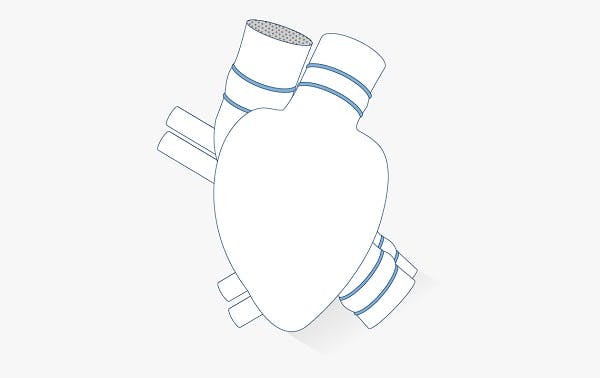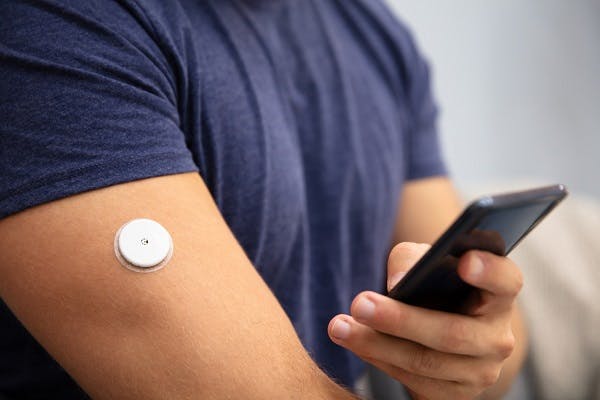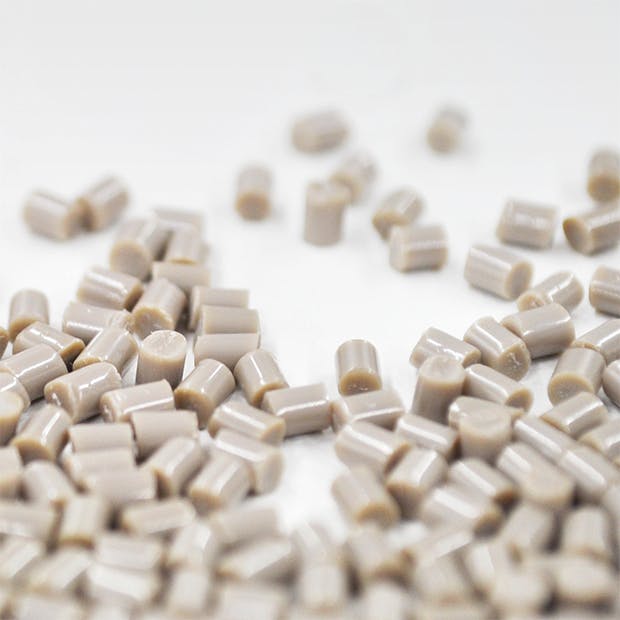References
1. Webinar: PEEK-OPTIMA™ HA Enhanced Devices for Cervical and Lumbar Fusion: Insights from Early Clinical Experience, presented by Timothy Bassett, MD and Brad Prybis, MD, March 2, 2017.
2. Study evaluated the bone ongrowth of PEEK-OPTIMA™ Natural and PEEK-OPTIMA™ HA Enhanced in a bone defect model in sheep. Data on file at Invibio. This has not been correlated with human clinical data.
3. Vadapalli S, Sairyo K, Goel VK, Robon M, Biyani A, Khandha A, Ebraheim NA. Biomechanical rationale for using polyetheretherketone (PEEK) spacers for lumbar interbody fusion-A finite element study. Spine 2006 Dec 15;31(26):E992-8.
4. Ziao Z, Wang L, Gong H, Zhu D. Biomechanical evaluation of three surgical scenarios of posterior lumbar interbody fusion by finite element analysis. Biomed Eng Online. 2012 Jun 18;11(1):31.
